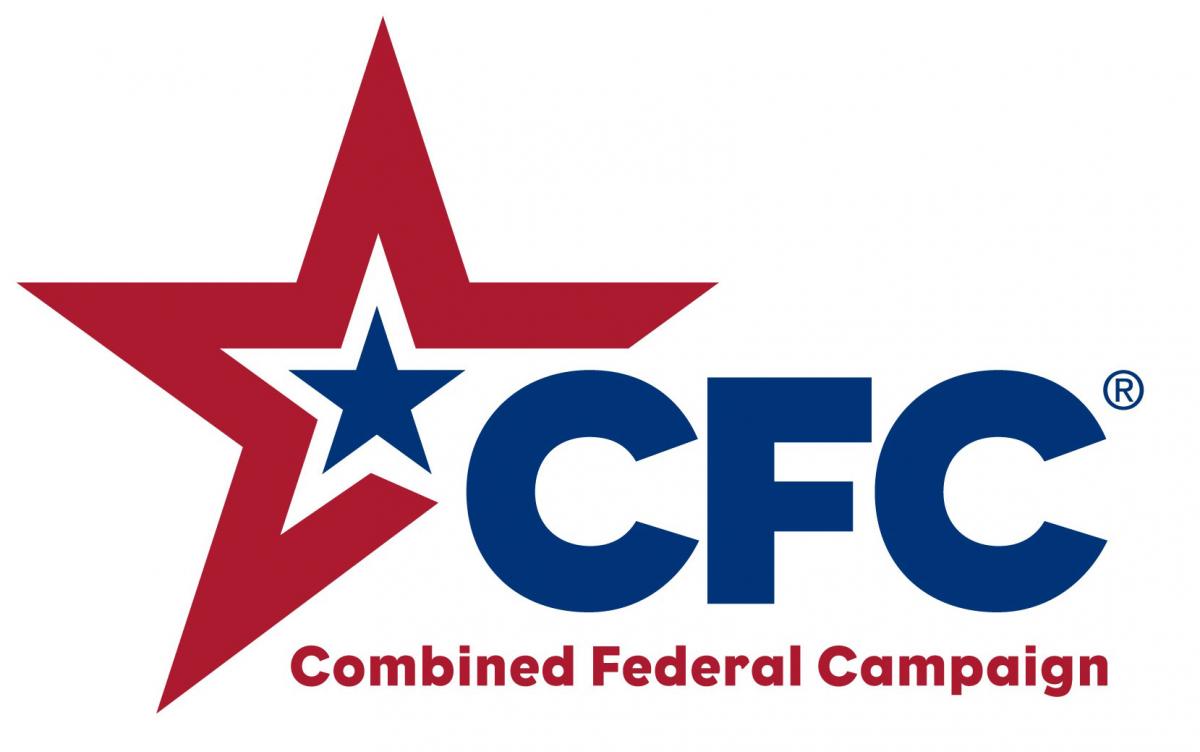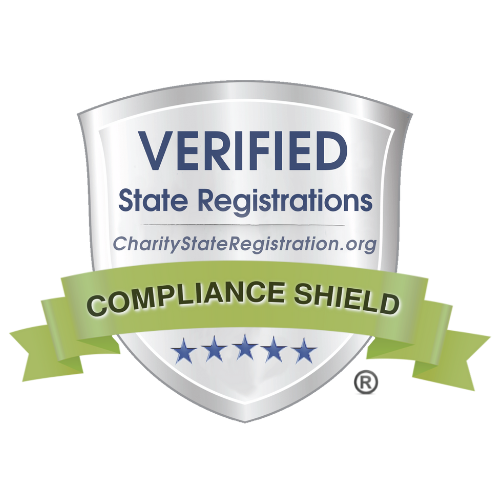Updates in Religious Worker Immigration Law
Permanent Residency for Religious Workers - Permanent residency for religious workers is a two-step process. The first step of the process begins with the religious employer (U.S. petitioner) filing an I-360 Special Immigrant petition on behalf of the foreign-born religious worker (beneficiary) with the U.S. Citizenship and Immigration Services (USCIS). Once the I-360 petition has been approved and an immigrant visa is available, the religious worker can proceed with the second step of the process, filing an I-485 application to adjust status.
In April 2023, the U.S. Department of State (DOS) published the Visa Bulletin showing a “retrogression” of the EB-4 category which limit the number of religious workers that can proceed with the second step of the permanent residency process, filing an I-485 application to adjust status.
Visa Bulletin - The visa bulletin is a chart published every month by the U.S. Department of State (DOS) and the U.S. Citizenship and Immigration Service (USCIS) that determines available immigrant visa for applicants applying for the green card. For information on the most recent bulletin, please click here.
Non-Minister Sunset Provision - The Non-Minister Sunset Provision is a temporary law that allows religious brothers, sisters, and foreign nationals working in a religious occupation to become permanent residents.
DACA - The Deferred Action for Childhood Arrivals (DACA) program was originally enacted as a policy memo in 2012 during the Obama Administration. The memorandum established a new program of prosecutorial discretion for undocumented young people who were brought to the United States as children. DACA recipients are permitted to live and work in the United States.
For the latest information from the RIS team, please visit our resources page.






